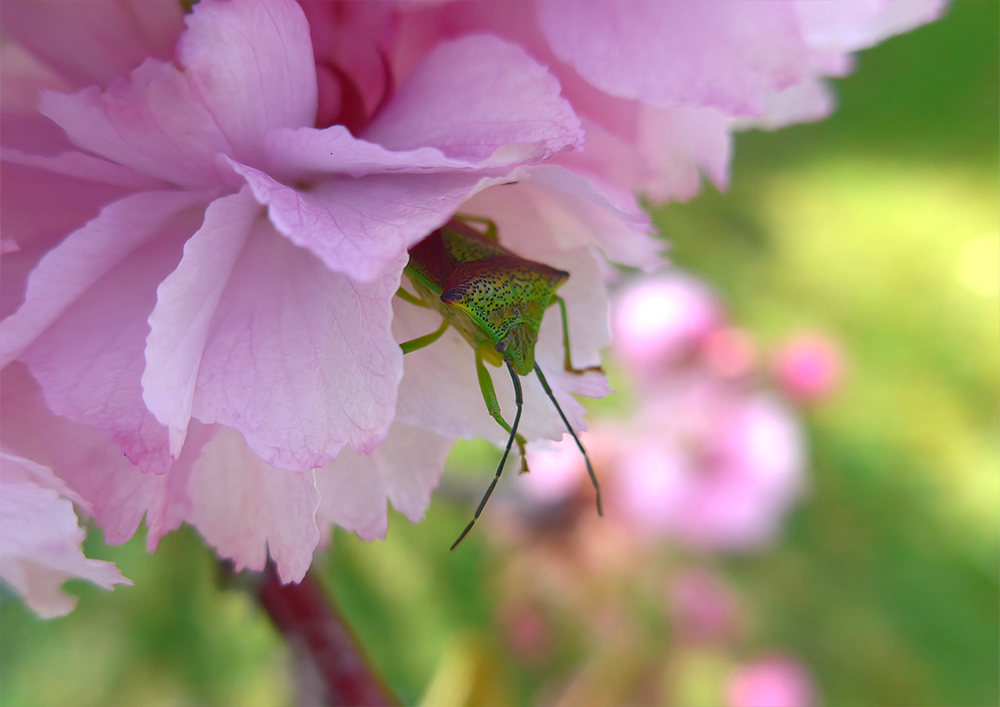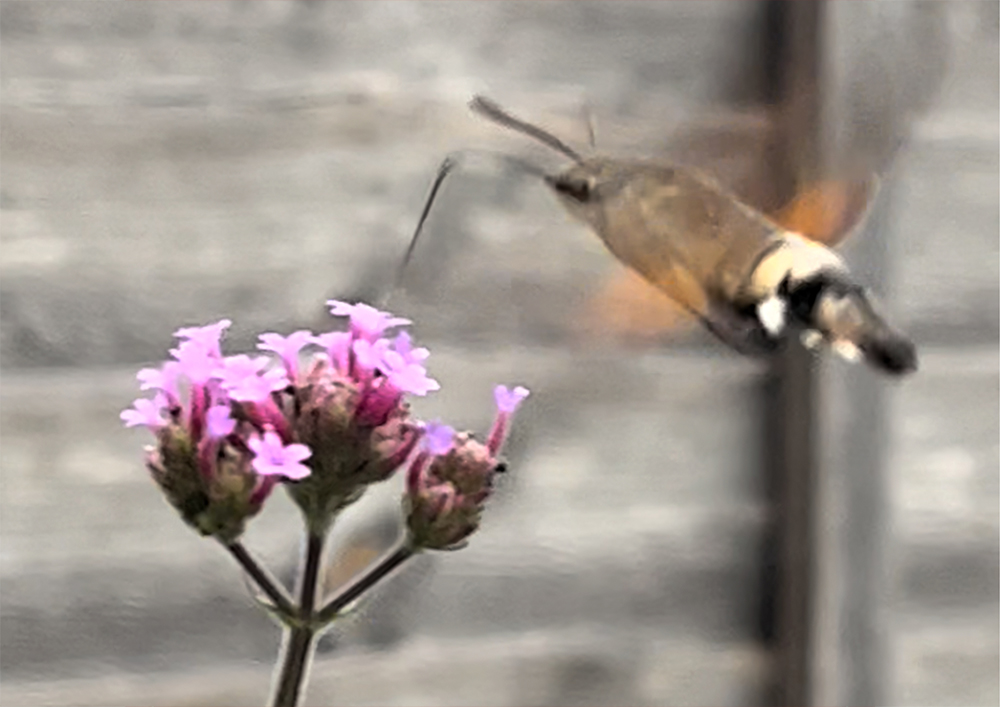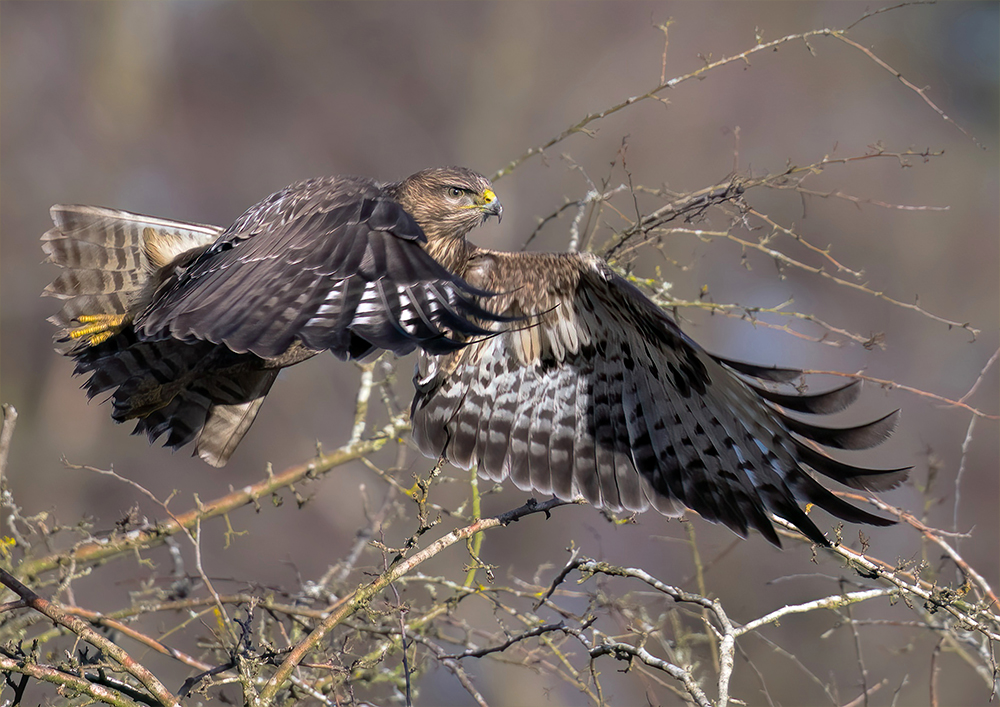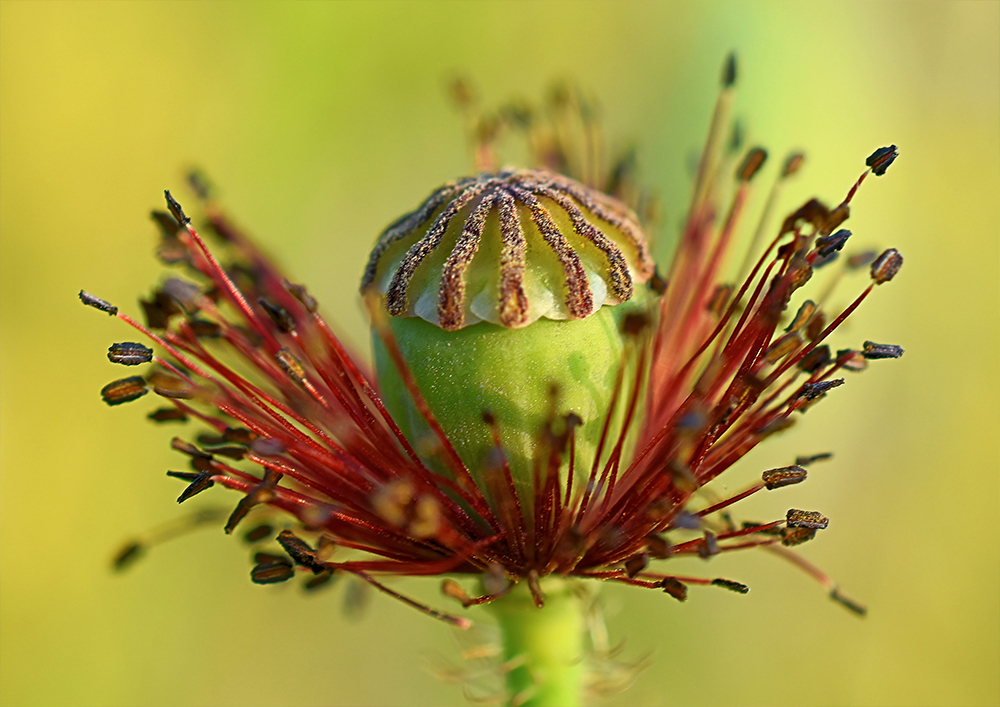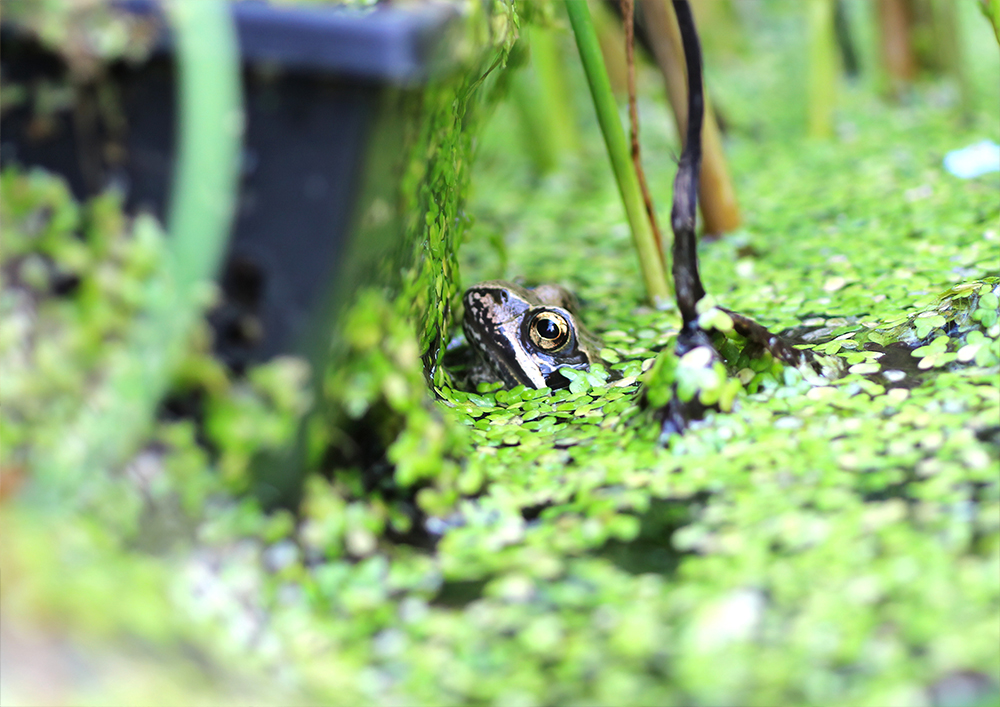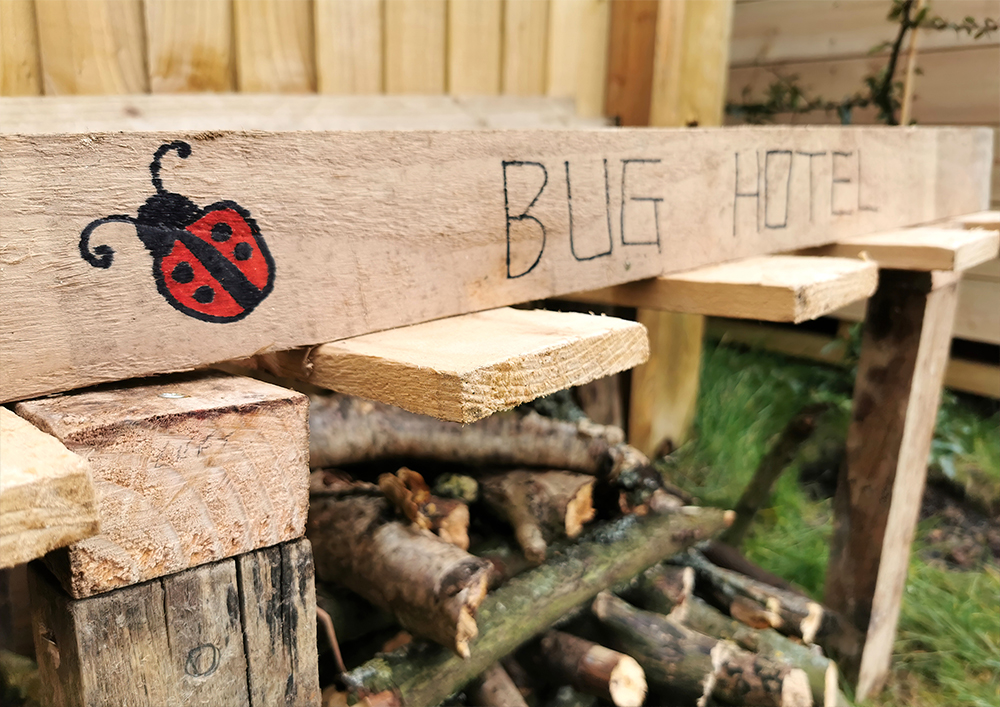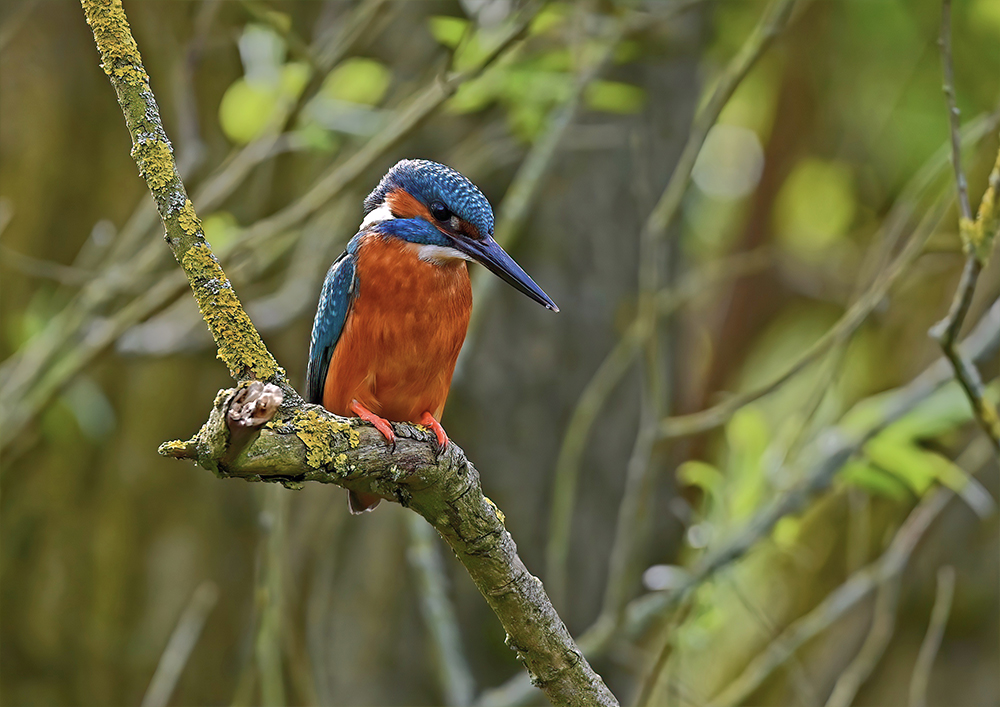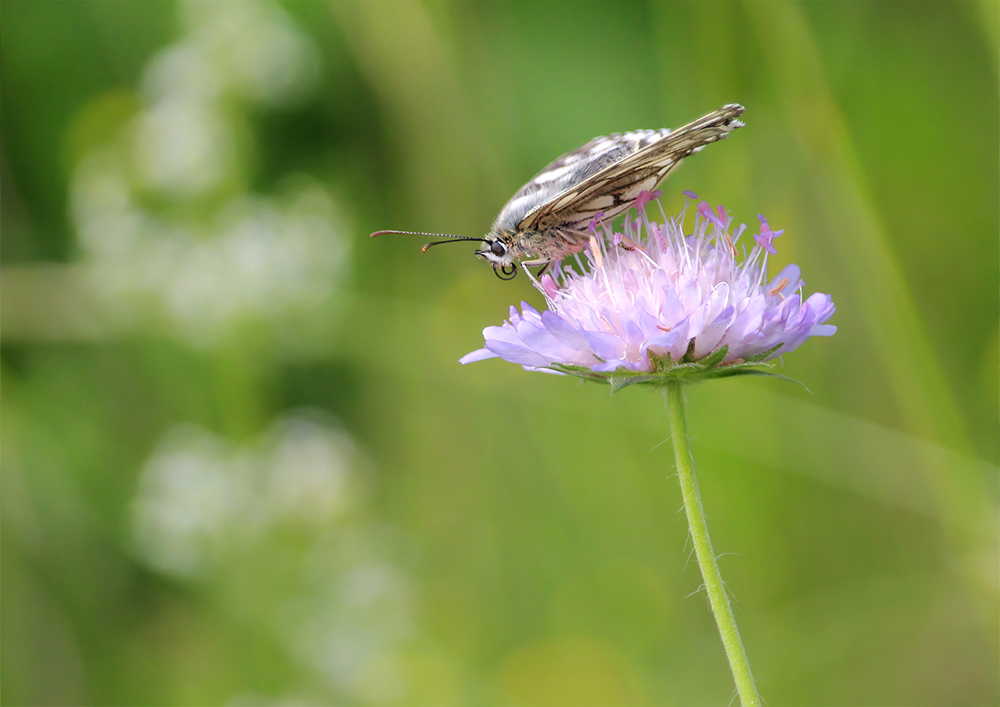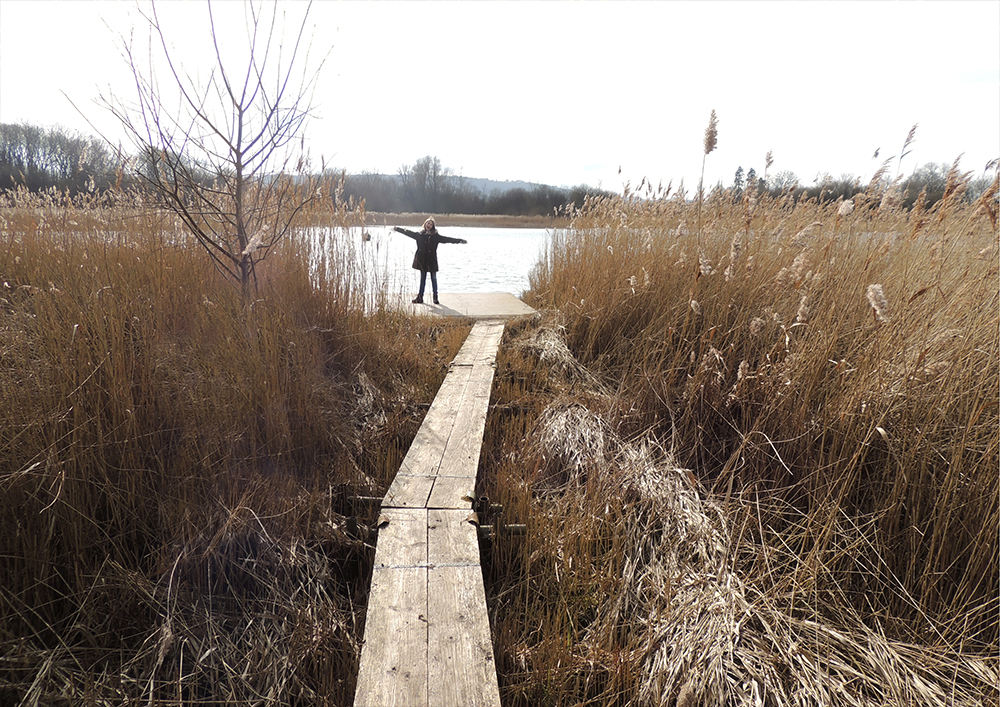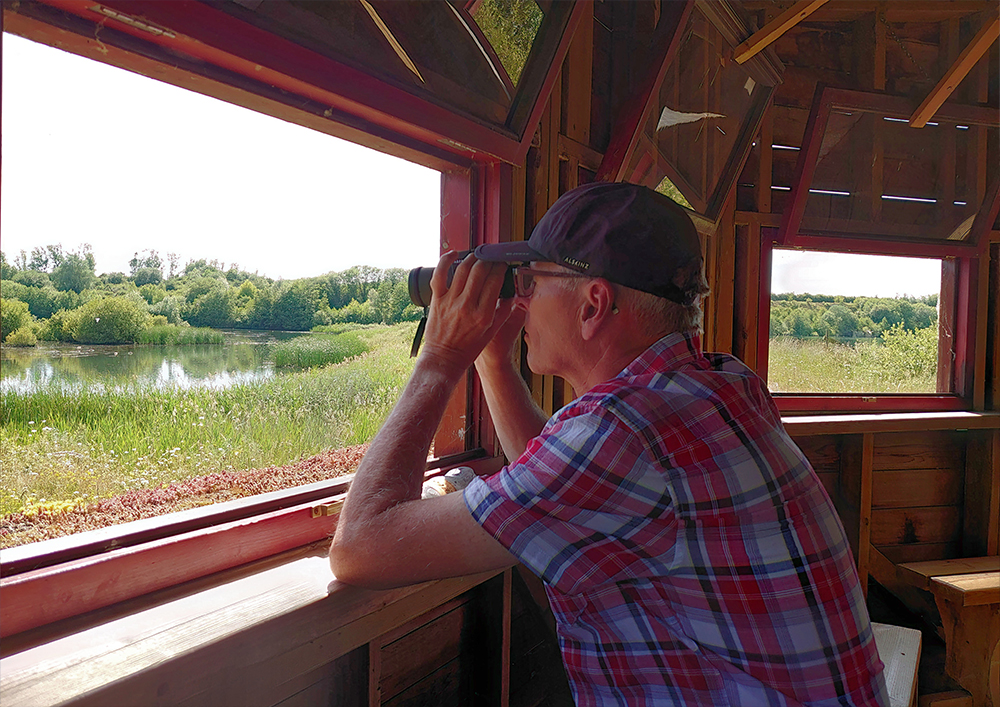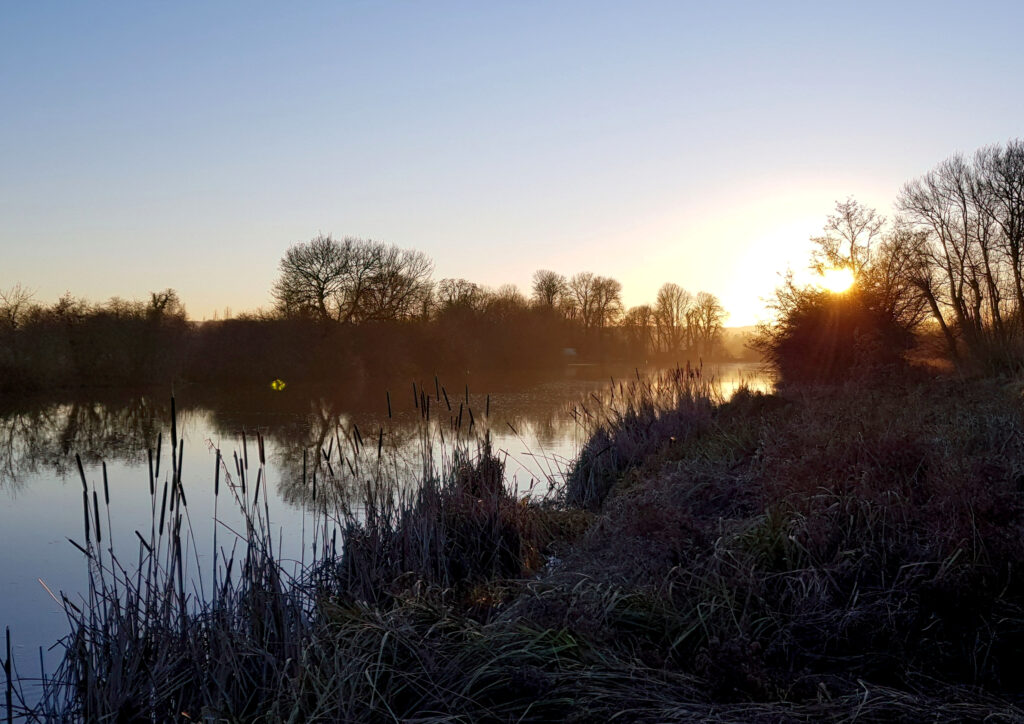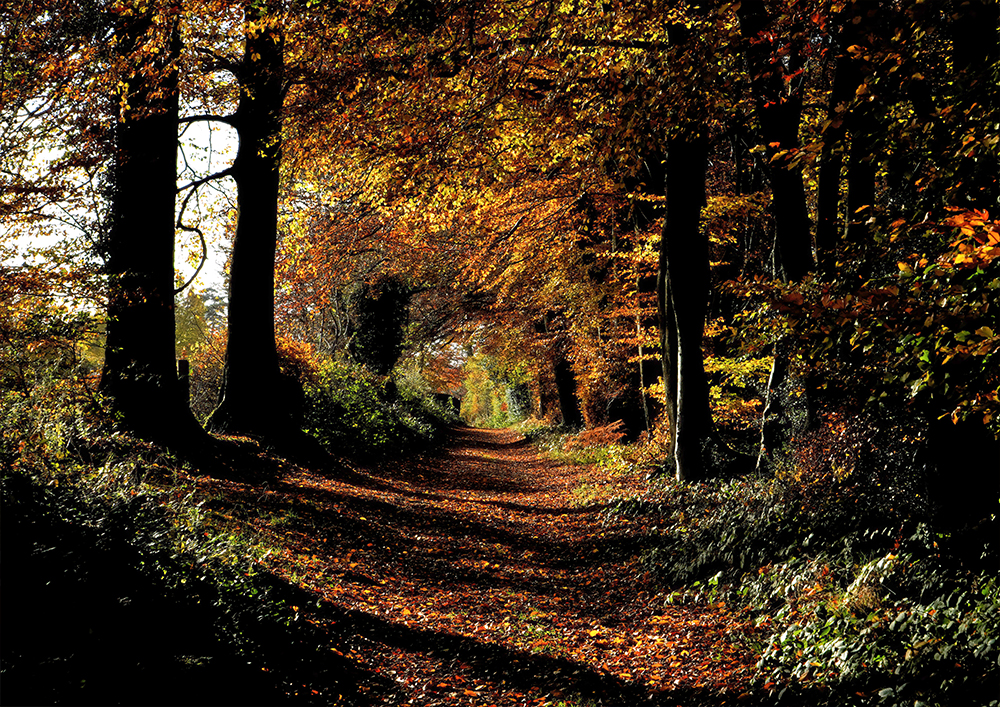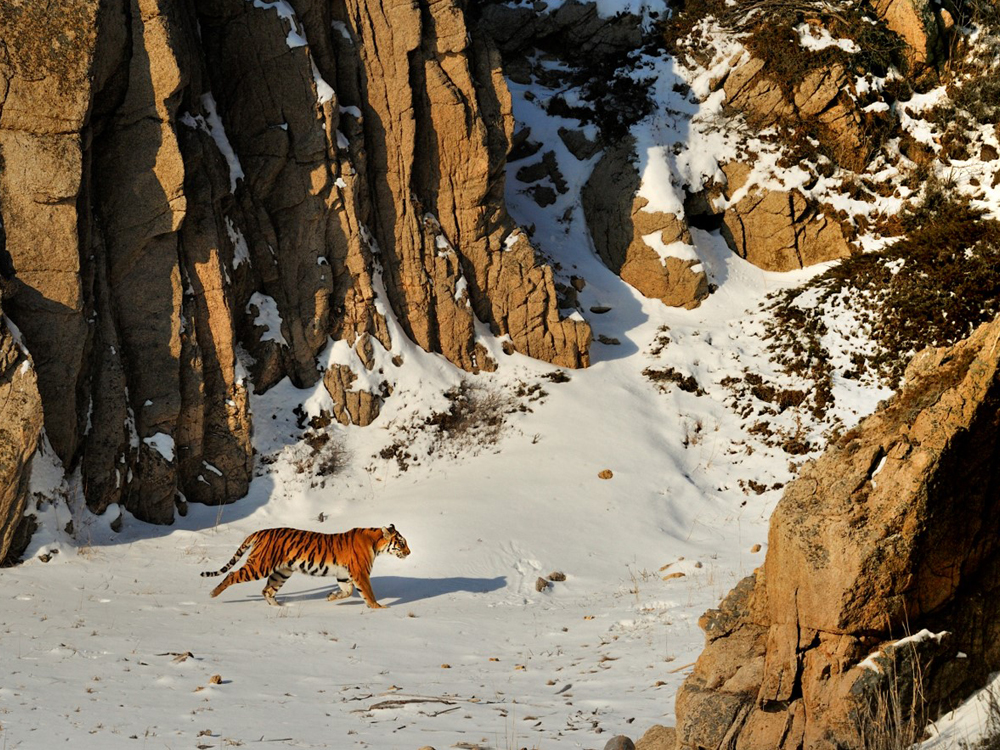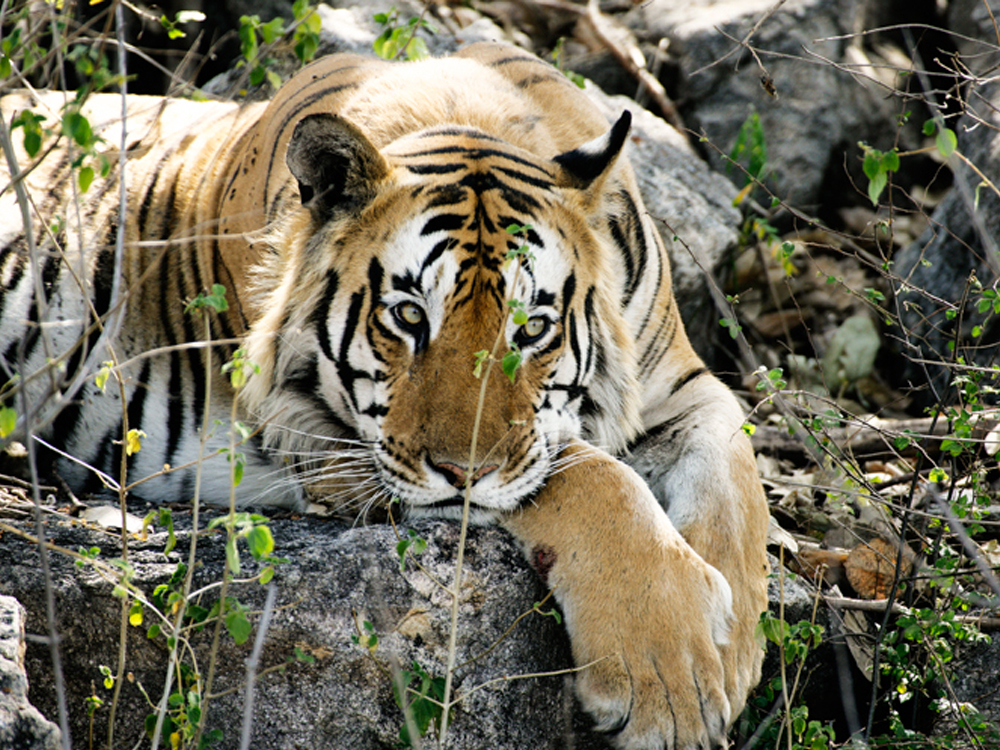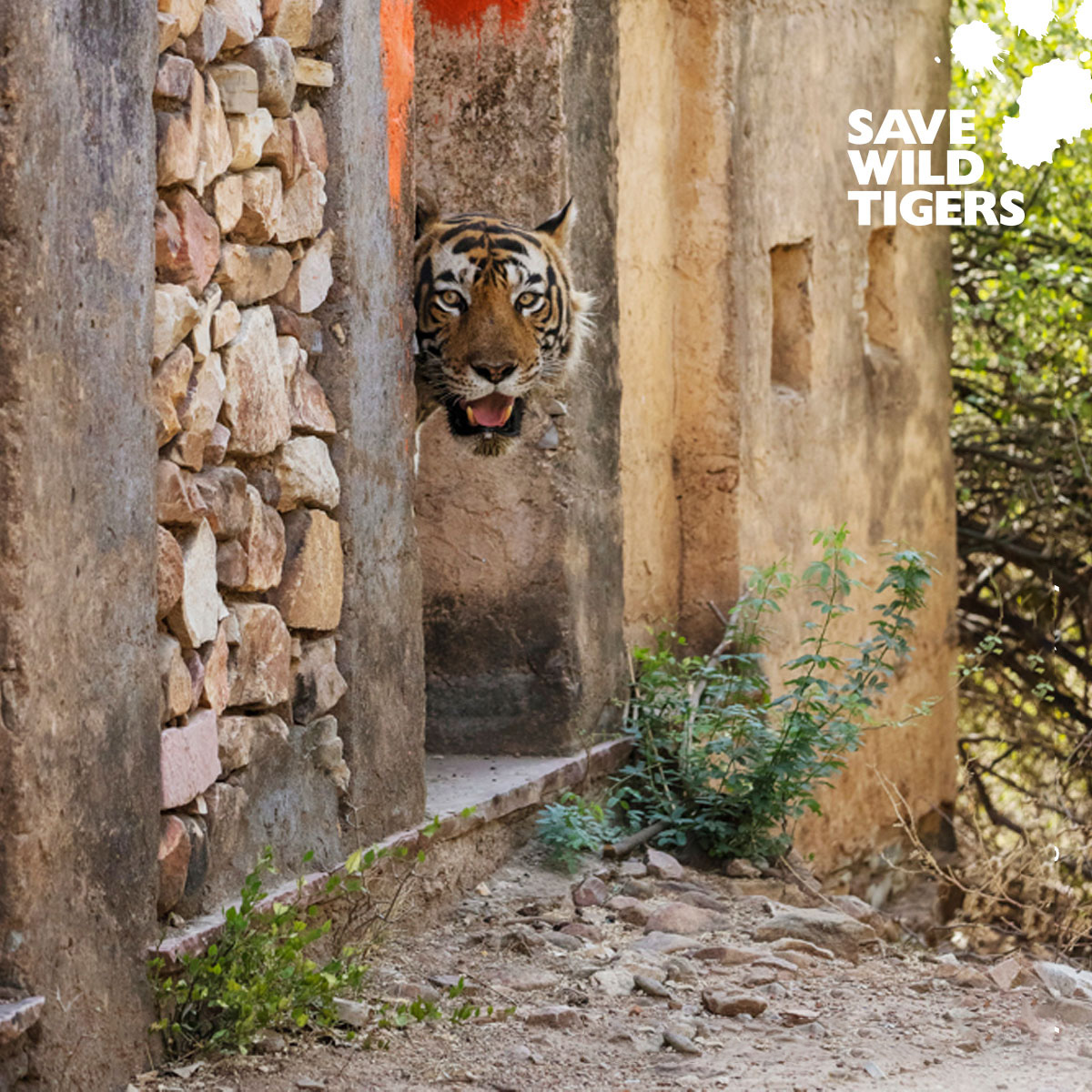Thirteen unpaid but dedicated workers have been recognised by Berkshire, Buckinghamshire & Oxfordshire Wildlife Trust (BBOWT) for decades of work they have put in at the charity’s nature reserves across the three counties
Previously BBOWT has presented one lifetime achievement award at its ceremony, but this year has chosen to award the title to six volunteers.
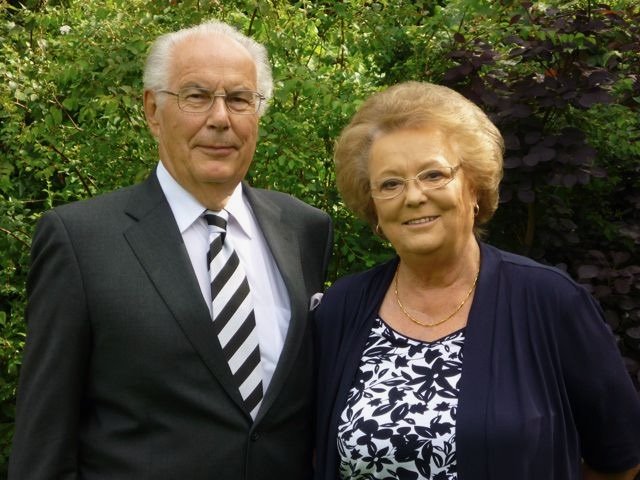
Richard and Julie Birch have been active and influential members of BBOWT’s Chilterns volunteer group for 20 years. Mr Birch used his marketing and business experience to grow the group while his wife took over management of the newsletter and moved it online. Richard said: “As active conservation work becomes less of a pleasure, there are so many other activities to keep one occupied, making a useful contribution and seeing one’s BBOWT friends – like organising events, meeting and greeting and doing publicity.”
Ched George has been a volunteer at BBOWT since 2014, when he helped the Trust to acquire its Yoesden Bank nature reserve, a 13-hectare site of precious chalk grassland in the Chiltern Hills. He took the role of volunteer warden and helped organise regular conservation work parties and ecological surveys.
Richard Herbert as been volunteering with BBOWT since 1984. For most of that time he has been a core member of the Sunday work party at Bowdown Woods reserve near Newbury, led guided walks around the site and given countless talks to local groups and societies.
David Litchfield has dedicated 15 years to volunteering at BBOWT’s Warburg Nature Reserve near Henley. As well as helping with practical conservation work such as scything and teaching other volunteers a host of skills including tool maintenance. Mr Litchfield has also run ecological surveys on the site and passed on his wealth of knowledge to others.
Outstanding Contribution (Individuals)
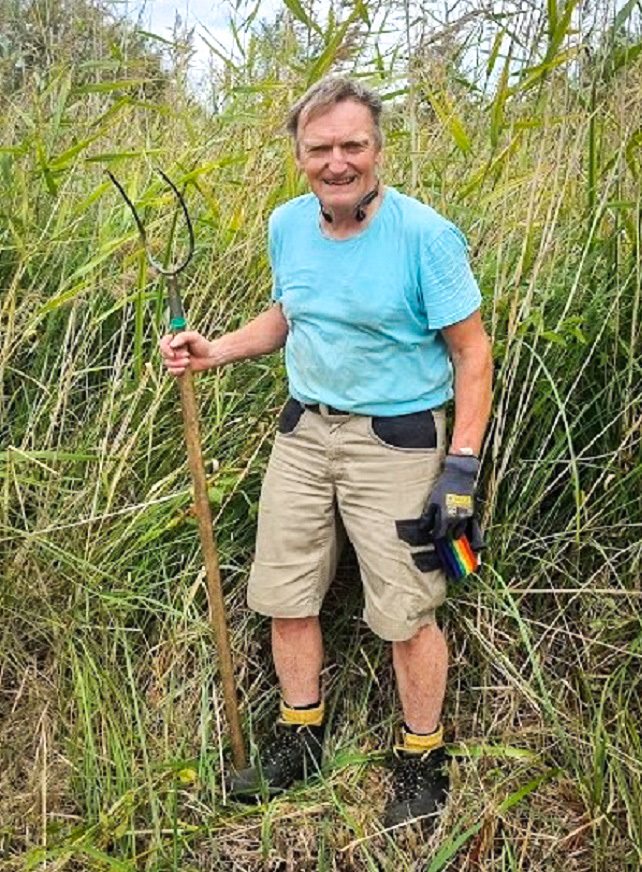
Gustav Clark has been an enthusiastic and hard-working volunteer with the West Berkshire Living Landscape team. He has also championed the new online Volunteer Hub where BBOWT and volunteers share news, photos and campaigns.
John Lerpiniere is awarded for his exceptional long-term commitment and contribution to the Trust’s conservation work in Berkshire. He works for the Reserves and Ecology teams, and participates in external volunteer groups on several receivers and is also a volunteer stock watcher.
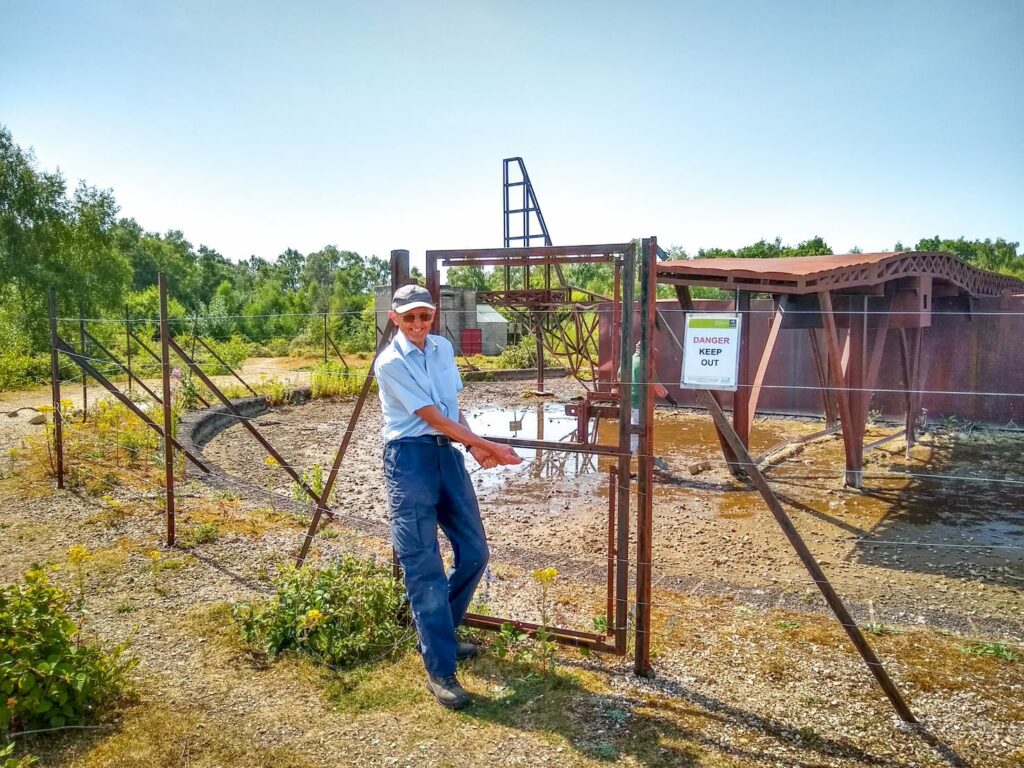
John Parker has volunteered at Greenham and Crookham commons since 2000. He also volunteers with several other BBOWT groups, occasionally up to five days a week, offering his practical conservation skills as well as his organisational acumen and extra help planning tasks.
David Richardson has been a member of Finemere Wood volunteer work party since 2016. He has taught many volunteers how to scythe and has raised funds to buy more scythes by using his skills as a wood turner to turn felled trees from the reserve into bowls and chopping boards for sale.
Dave Stevens welcomes and engages visitors to College Lake with a ready smile. Dave has also been integral in welcoming new volunteers and will often take them for a tour of the site and stay with them until they feel comfortable.
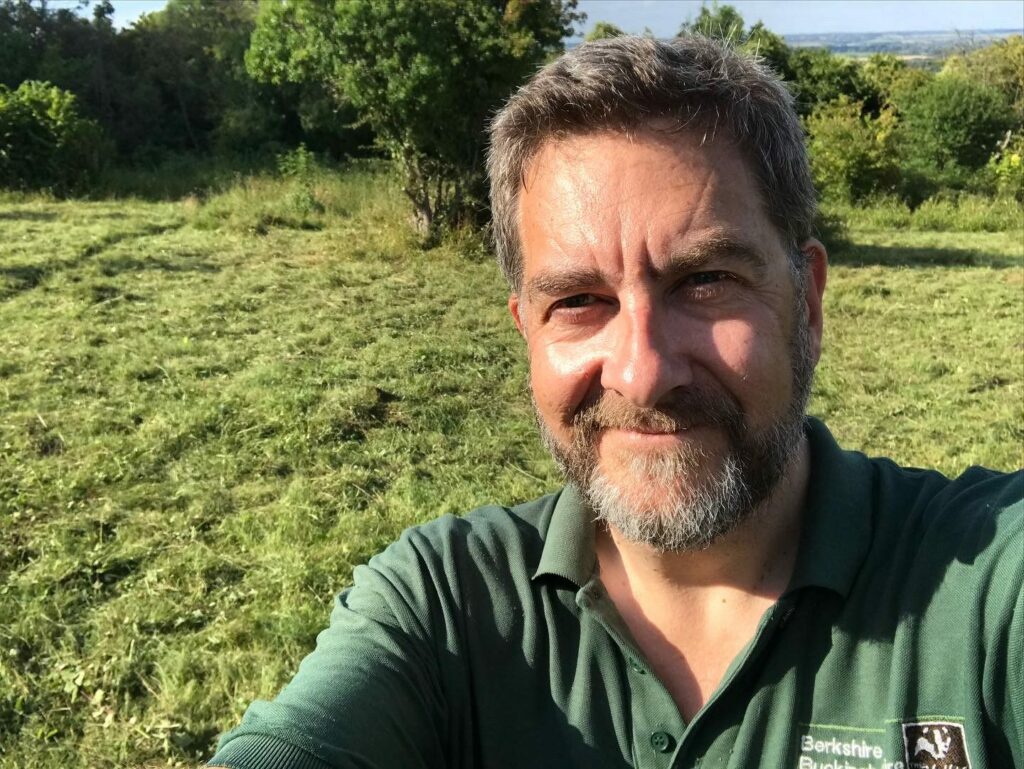
Phil Townsend has been volunteering for the Trust since 2005 and has been involved with the Reserves Surveying Programme since 2007. During this time, he has helped with butterfly transects, bird surveys, and the dragonfly count at College Lake.
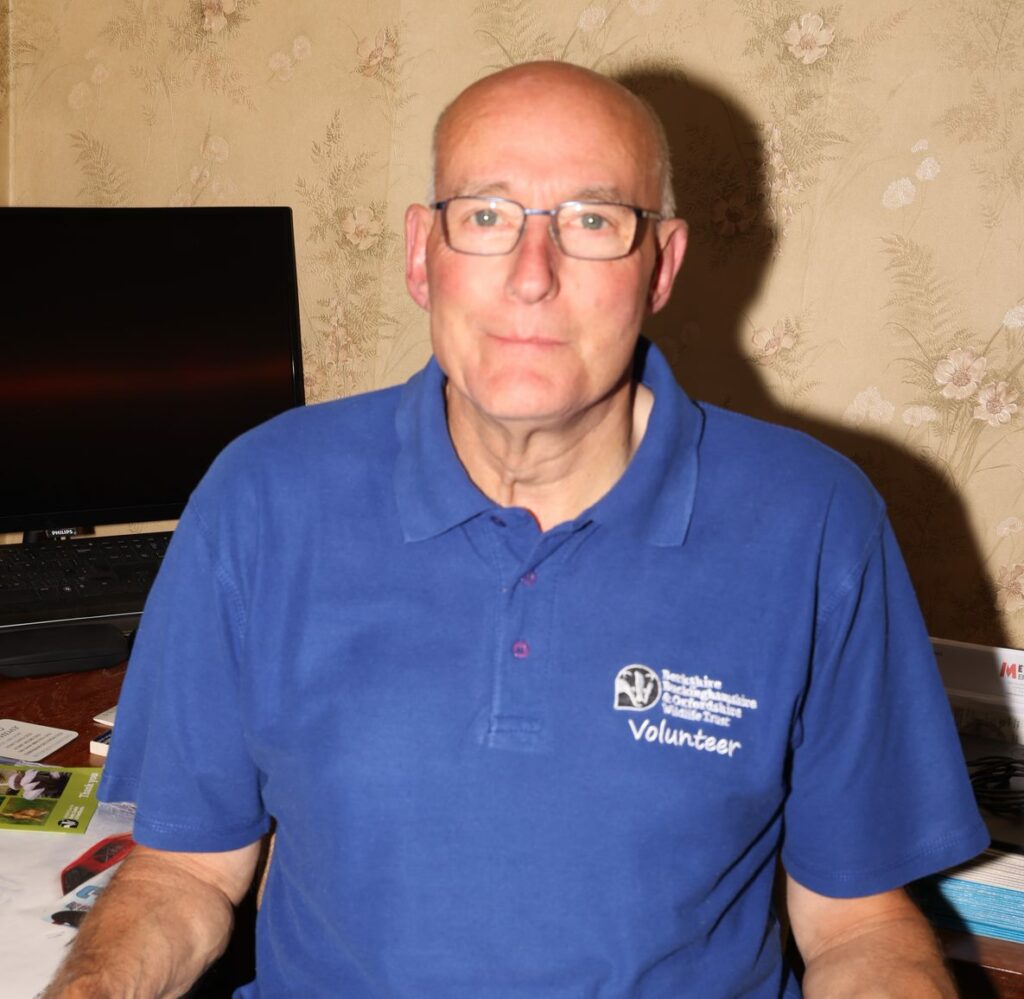
Roger Walton helps provide a rewarding experience for visitors to College Lake through the seasons and helps to make resources for visitor trails.
Outstanding Contribution (Groups)
College Lake Wildlife Garden Group have been going for 30 years. The group is self-led with minimal staff input and come up with ideas and plans to ensure the garden is an inspiration to visitors, demonstrating that anyone can create more nature everywhere, from a few pots in the garden is an inspiration to visitors, demonstrating that anyone can create more nature everywhere, from a few pots in the garden to beautiful nectar-rich borders and bug hotels.
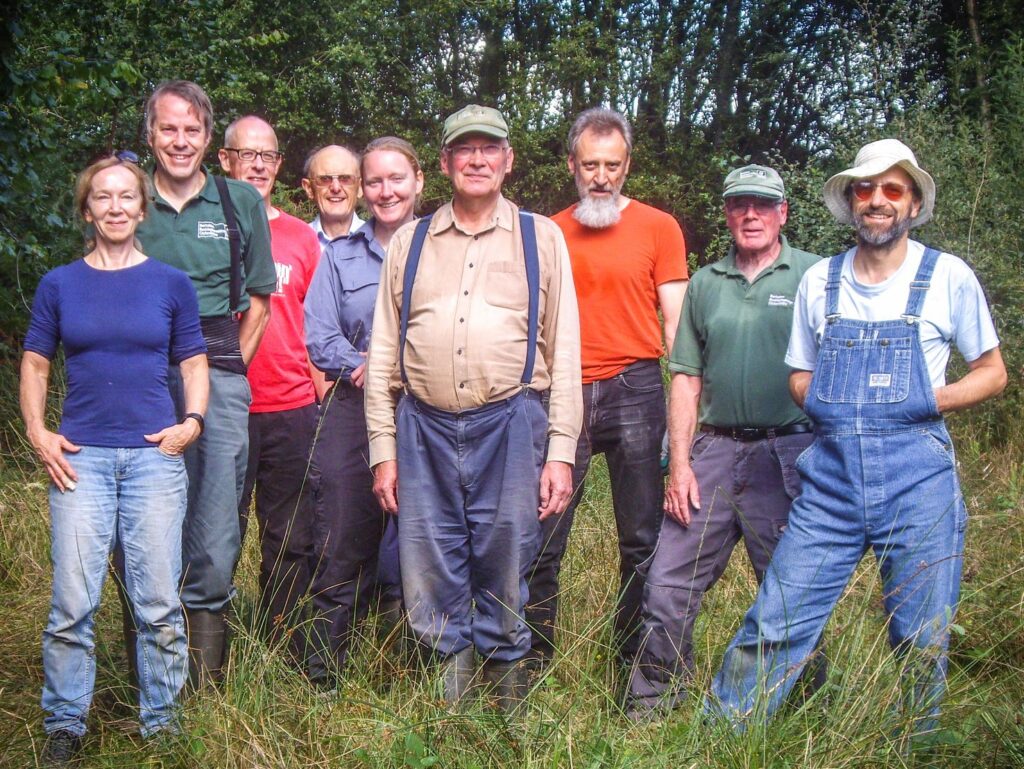
The Greenham and Crookham Common Volunteers (GCCV) were recognised for 25 years of conservation and maintenance work. Working closely with staff, the group is reliable, autonomous and very knowledge about the reserve, its history and ways to assist in its management.
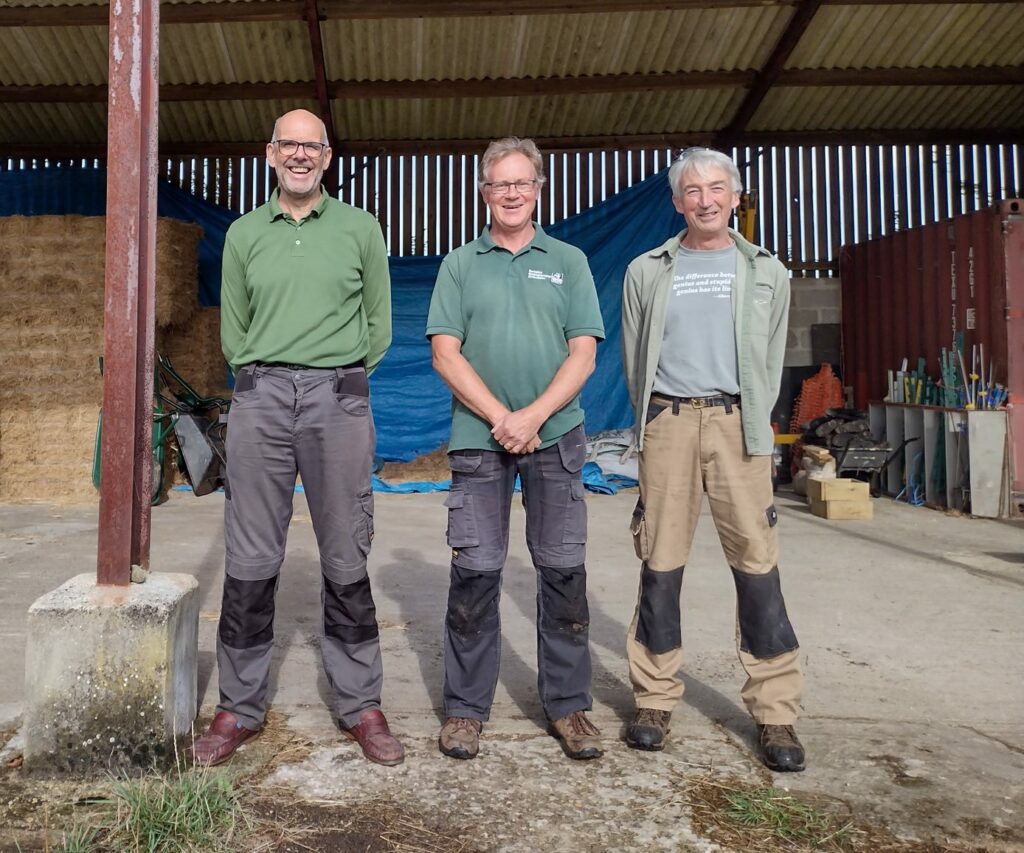
The Oxfordshire Field Team is made up of six volunteers, all retired, racking up 83 years of volunteering for BBOWT between them. The group go out twice a week in all weathers and help with all kinds of tasks to look after BBOWT reveres and the animals that graze them.
Warburg Nature Reserve Volunteer Team includes stockwatchers who help look after livestock that graze the reserve, two work parties which carry out practical habitat management and infrastructure maintenance, and volunteers who make charcoal from by-products of coppicing. The team also volunteer at Hartslock and Cholsey Marsh reserves when needed.
The West Berks Badger bTB Vaccination Team was established in 2021 when they responded to a plea for help with baiting badger traps as part of BBOWT’s successful badger vaccination programme. This involves unsociable hours, long commutes, and assisting with vaccinations at sunrise. Their work has been essential in carrying out this year’s vaccinations.




